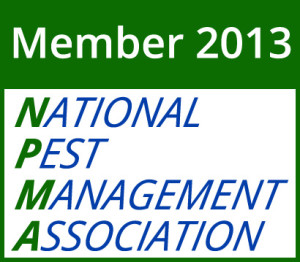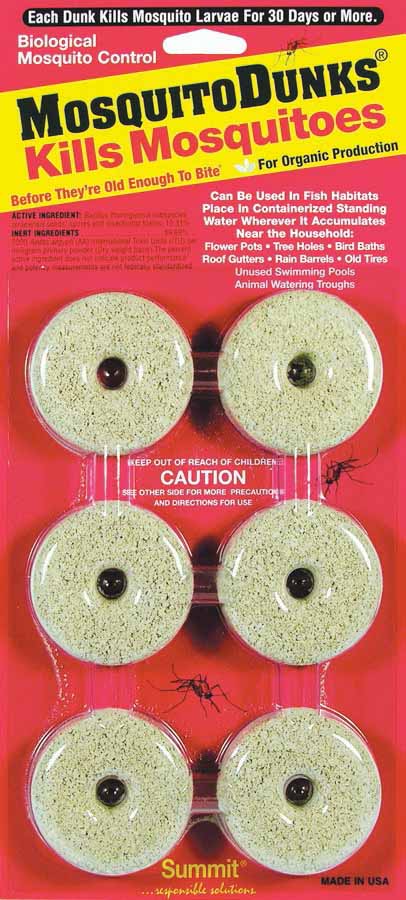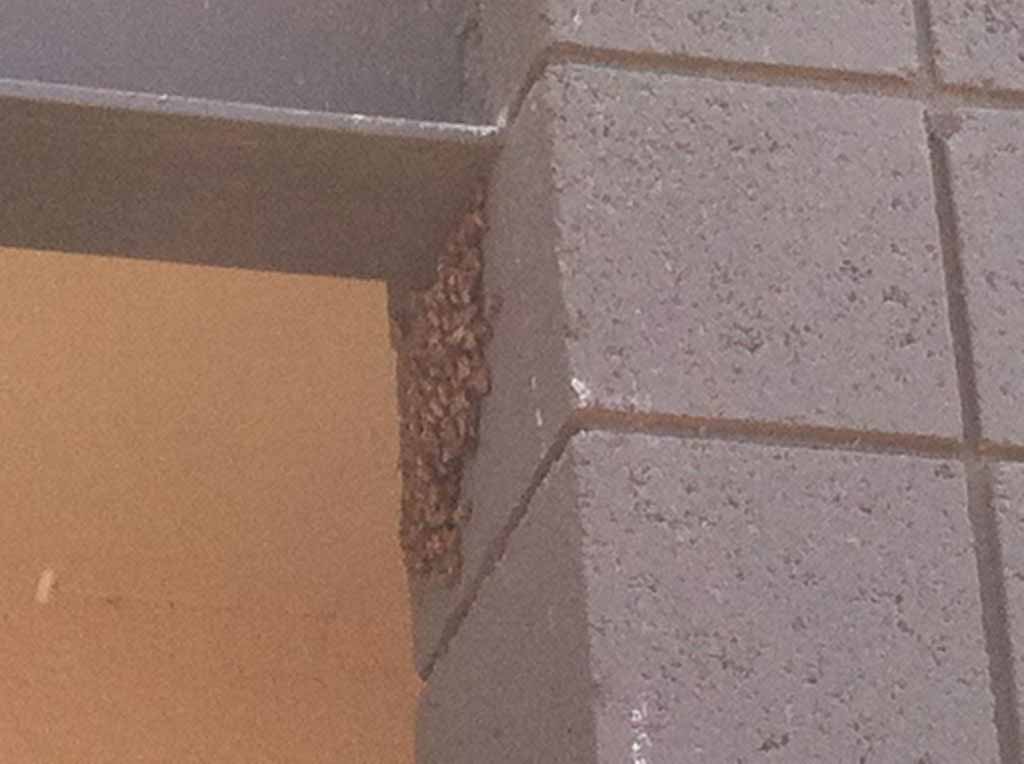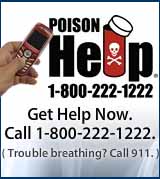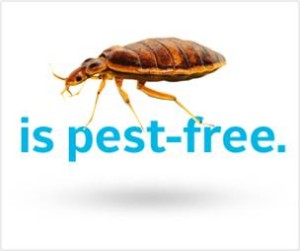Do you have a “mystery shelf” in the back of your garage, basement, attic or shed? If so, you aren’t alone. Many homeowners with clogged drains, an ant issue in the kitchen, a patch of crabgrass in the yard or rooms requiring paint touch ups tend to try a bit of this, a spray of that and all of the sudden, their “mystery shelf” accumulates bottles of expired DIY products, homemade remedies and unknown substances.
What happens to these products (also known as Household Hazardous Waste) on the mystery shelf? Leaving them around poses a potential threat to children and pets. But these products should not simply be poured down a drain, emptied into the backyard or thrown away in the weekly trash. Doing so can contaminate groundwater, drinking water and soil, and the improper disposal of these DIY products can create landfill buildup and pollution. At a time when being environmentally sensitive is more important than ever before, homeowners often have little – if any – information on the proper Household Hazardous Waste disposal at their fingertips.
The Environmental Protection Agency recommends the following tips for proper Household Hazardous Waste disposal:
- Permanent collection or exchange. See if your community has a facility that collects HHW year-round. Some of these facilities have exchange areas for unused or leftover paints, solvents, pesticides, cleaning and automotive products, and other materials. By taking advantage of these facilities, materials can be used by someone else, rather than being thrown away.
- Special collection days. If your community doesn’t have a year-round collection system for HHW, see if there are any designated days in your area for collecting solid waste at a central location to ensure safe management and disposal.
- Local business collection sites. If your community has neither a permanent collection site nor a special collection day, you might be able to drop off certain products at local businesses for recycling or proper disposal. Some local garages, for example, may accept used motor oil for recycling.
This information is brought to you by the National Pest Management Association (NPMA) http://www.pestworld.org


